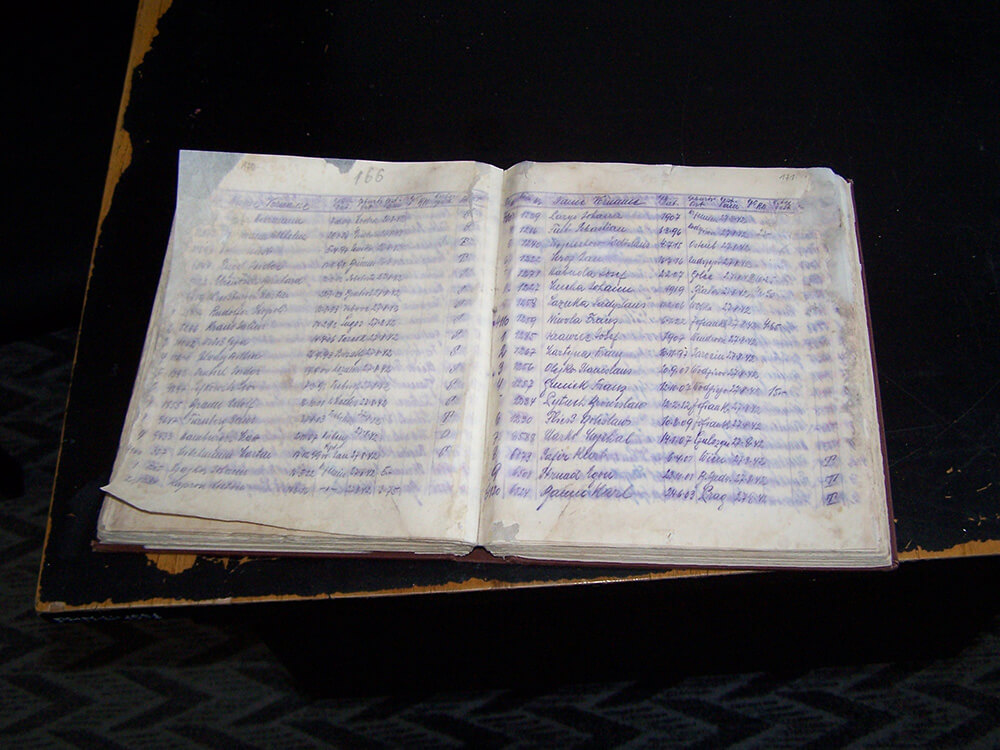Majdanek
The decision to set up the Majdanek concentration camp was made by Heinrich Himmler during his visit to Lublin in July 1941. Odilo Globocnik, the SS and Police Leader for the Lublin district, was put in charge of its implementation. Designed to hold as many as 250,000 prisoners, it was intended to be the largest camp outside the territory of the Reich. As a result of the war’s developments, however, only about a fifth of the original plans were implemented. The camp complex consisted of prisoners’ barracks, administrative buildings, utility buildings, seven gas chambers, two gallows, and a crematorium. The first prisoners were Soviet prisoners of war, followed by opponents of the Nazi regime and members of the so-called “inferior races” – not only from the territory of occupied Poland, but also from many other countries of occupied Europe and from the Reich. Serving both as a labour and extermination camp, Majdanek was also a place where Jewish assets were systematically looted. A railway ramp situated near the Alter Flugplatz (Old Airfield) camp was used for the selection of Jews on incoming transports and for the subsequent confiscation of their luggage. The principal task of the inmates was to sort the items left by the victims of Operation Reinhard, so that they could be sent to the Reich. The main warehouses for confiscated property were situated here. Thousands of prisoners were shot and gassed to death in Majdanek. Almost as many died through overwork, exhaustion, hunger, and disease. Majdanek played an exceptional role in “Aktion Erntefest” (Operation Harvest Festival). Between 150,000 and 200,000 victims passed through the camp, and it is estimated that between 60,000 and 80,000 of them were murdered there. Prisoners from 13 Terezín transports were sent to the Majdanek concentration camp to work on its construction from March to June 1942. In total, about 5,700 prisoners were deported from the Protectorate of Bohemia and Moravia to Majdanek. The vast majority of them perished.

